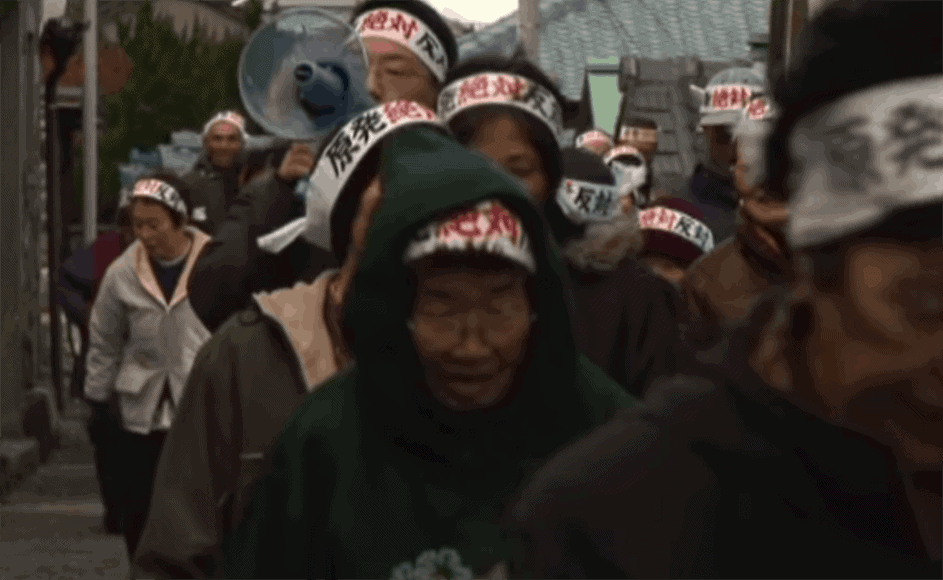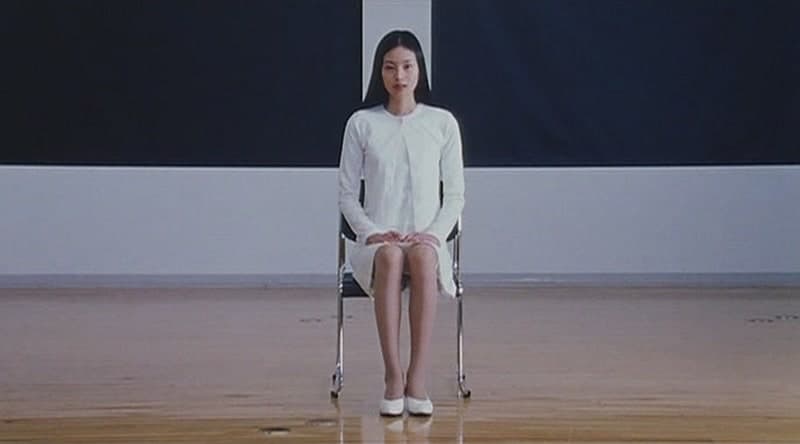Iwaishima Island is part of Kaminoseki City in Yamaguchi Prefecture. On this island in the Seto Inland Sea, the 500 residents have been living by helping each other and sharing things, since that was what was necessary to live in such a harsh natural environment. In 1982, there surfaced a project for constructing a nuclear power plant in Tanoura, on the opposite shore, about 3.5 kilometers from Iwaishima Island. The people here have opposed the project since then, saying, “We can only live as long as we have mountains and the sea. We cannot sell the sea during our generation.” “Holy Island” focuses on the struggle of these people and highlights their lives, and the reasons behind their resolve.
Buy This Title
There are two, very important issues they have to face in their fight against the building of the plant. The first one is that the majority of the people living in the wider area are in favor of the construction, and even many in the island, in a disagreement that has actually split Iwaishima apart. The documentary starts with the city council where the protesters were outvoted. The second issue is that the majority of them are elderly, over 70 even, with the younger amongst them being around 50. This aspect puts their fight in jeopardy, both because it limits them in what they can do, and because the lack of younger people means that there would be no one to continue the fight in a few years. However, both of these aspects do not seem to make any difference regarding their resolve, in a behaviour that makes them seem heroic even, as they struggle against all odds, and at the same induces the film with a certain sense of sadness.
Aya Hanabusa focuses on both the aforementioned and their everyday lives, which is mostly spent in the sea for the fishermen, in the fields for the farmers and for some in the fish-processing plant, although all of them find time to spend with each other. Two scenes stand out, apart from the one in the city council. The one when they protest in the narrow streets of the island wearing headbands (they have even put one on a dog accompanying them) and the one when a new child is admitted to the local school in a very official ceremony, in order to join the only two other students there.
Another point of focus is Iwaishima Island itself, with Chizuna Okubo's cinematography capturing its beauties, particularly in the fields and the sea, with an elaborate combination of artistry and realism. Tetsuo Shinomiya's editing keeps the film flowing, harmonically connecting the different kinds of footage, while Tomoko Saito's wonderful voice provides a narration that functions as the soundtrack of the documentary, among the quietness that permeates the island.
As the documentary progresses, Hanabusa also presents a number of interviews from key inhabitants, who explain their reasoning clearly, with one of them stating, “Just because it is legal it doesn't make it right.” These people fight in order in order to avoid having their way of life extinguished and at the same time, to avoid nuclear energy destroying the land and the sea, which they consider as their legacy to the next generations. In that aspect, the generation gap becomes clear, particularly regarding the way the war generation thinks and the way younger generations do, where the present and the quick profit are the only things that matter.
“Holy Island” is both a very beautiful and very meaningful documentary, which highlights a number of issues in contemporary Japan.


















